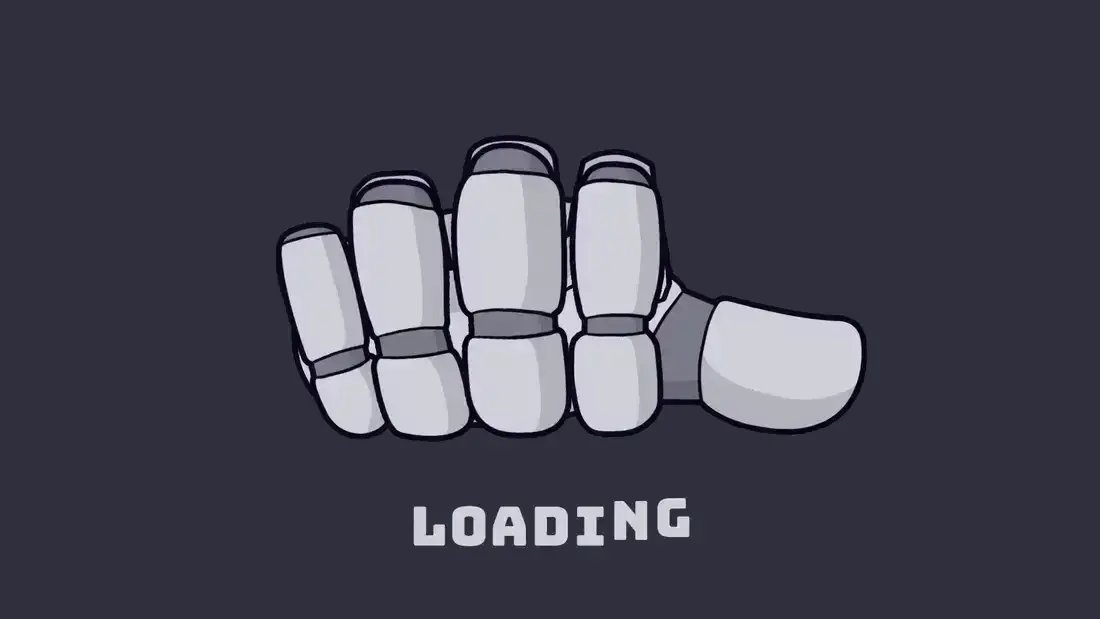▼ State of the art
Visus.ai
Free mode
100% free
Freemium
Free Trial
Other tools
-
Open
-
Sylvain L🙏 3 karmaJun 21, 2025@Endless Visual NovelOnly tested the freemium version. Two minutes of nonsensical dialogs was enough to give up.
-
Was very useful for my class assignment. Very easy to edit on and the AI converts sketches into great wireframes.
- Spotlight: Uppercopy (Social media posts)
-
it does not give you enough credits to use veo3 which it claim to .
-
- Didn't find the AI you were looking for?
-
Using Voice AI Wrapper has been a game changer for my agency. I was able to launch fully branded voice AI services for my clients in under an hour. The ability to choose different voice providers for different use cases has helped me deliver exactly what each client needs. Overall, it has saved me time, reduced costs, and opened up a whole new revenue stream. I highly recommend it to any agency looking to scale fast and stand out.
-
Literally can make fully custom illustrated stories with a scene builder tool to even edit and customize everything in between.
-
 Transform your visual world with AI-powered insights.Open
Transform your visual world with AI-powered insights.Open -
good for wallpapers, pretty fast tho.
-
I like the creative encouragement I feel when using this app. It's awesome thank you
-
Artist Tips for Better Results with Somnira Canvas: To help Somnira Canvas render the most compelling and emotionally resonant figures—whether human or animal—users are encouraged to guide the tool with poetic, suggestive phrasing rather than highly technical descriptions. This helps maintain harmony with the platform’s expressive strengths. For human figures, try emotion-based posture phrases like “curled in sorrow,” “reaching toward a fading light,” or “kneeling in wind.” Favor mood-based modifiers over anatomical specifics, such as “a silhouette bathed in dusk” or “a quiet figure in motion blur.” For animals, use mythic or metaphorical phrasing like “a fox made of stars,” “a deer outlined in frost,” or “a lion woven from dusk and gold.” Avoid strict biological realism unless intentionally stylized (e.g., “cubist owl,” “ink-drawn heron”). Best practices include specifying camera perspective or body angle with terms like “3/4 view,” “top-down shot,” or “over-the-shoulder,” and adding atmospheric cues such as “drifting in chalk mist,” “outlined by candlelight,” or “carved in shadow.” You can also add emotion-based tags directly into the prompt—words like “longing,” “grief,” “stillness,” or “wonder” will guide the aesthetic and expressive qualities of the final artwork.
-
-
 Open
Open
Post






